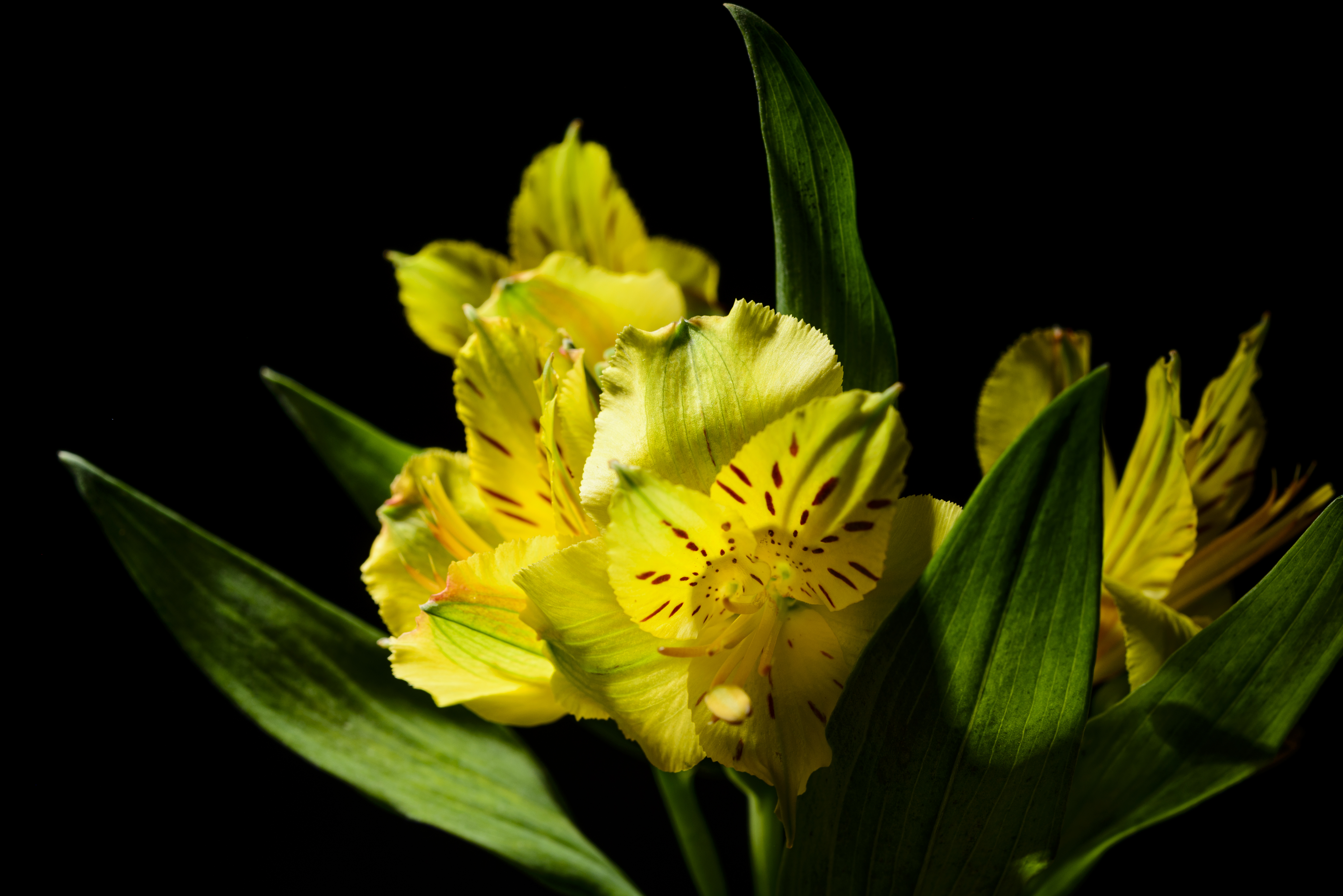Alstroemeria patagonica
(Alstroemeria patagonica)

Description
Alstroemeria patagonica is a species of monocotyledonous plant in the genus Alstroemeria, family Alstroemeriaceae, described by Rodolfo Amando Philippi. According to the Catalog of Life, the species Alstroemeria patagonica has no known subspecies. Alstroemeria patagonica is a species of flowering plant in the family Alstroemeriaceae, native to southern Argentina and southern Chile. Alstroemeriaceae is a family of flowering plants, with 254 known species in four genera (Christenhusz & Byng 2016), almost entirely native to the Americas, from Central America to southern South America. One species of Luzuriaga occurs in New Zealand, and the genus Drymophila is endemic to south-eastern Australia. The genus Alstroemeria, commonly called the Peruvian lilies, are popular florist's and garden flowers. The genus Bomarea is a vine that produces clusters of variously-colored, bell-shaped flowers. The APG II system, of 2003 (unchanged from the APG system, of 1998), treats the family in the order Liliales, in the clade monocots. The APG III system, of 2009, merged the obscure family Luzuriagaceae into the Alstroemeriaceae, since the former group included only two genera, was the sister group of the Alstroemeriaceae, and possessed the same distinctive twisted petioles. Alstroemeriaceae is distributed in tropical and temperate America, from Mexico and the Antilles to Tierra del Fuego. Luzuriageae is distributed from Peru to the Falkland Islands and Tierra del Fuego, New Zealand and Australia (NSW to Tasmania). Bomarea edulis is distributed from Mexico to Argentina. Its tubers have been used from pre-Columbian times as a food source. A single plant can have up to 20 tubers each 5 cm in diameter. Alstroemeria, commonly called the Peruvian lily or lily of the Incas, is a genus of flowering plants in the family Alstroemeriaceae. They are all native to South America although some have become naturalized in the United States, Mexico, Australia, New Zealand, Madeira and the Canary Islands. Almost all of the species are restricted to one of two distinct centers of diversity, one in central Chile, the other in eastern Brazil. Species of Alstroemeria from Chile are winter-growing plants while those of Brazil are summer growing. All are long-lived perennials except A. graminea, a diminutive annual from the Atacama Desert of Chile.
Taxonomic tree:







